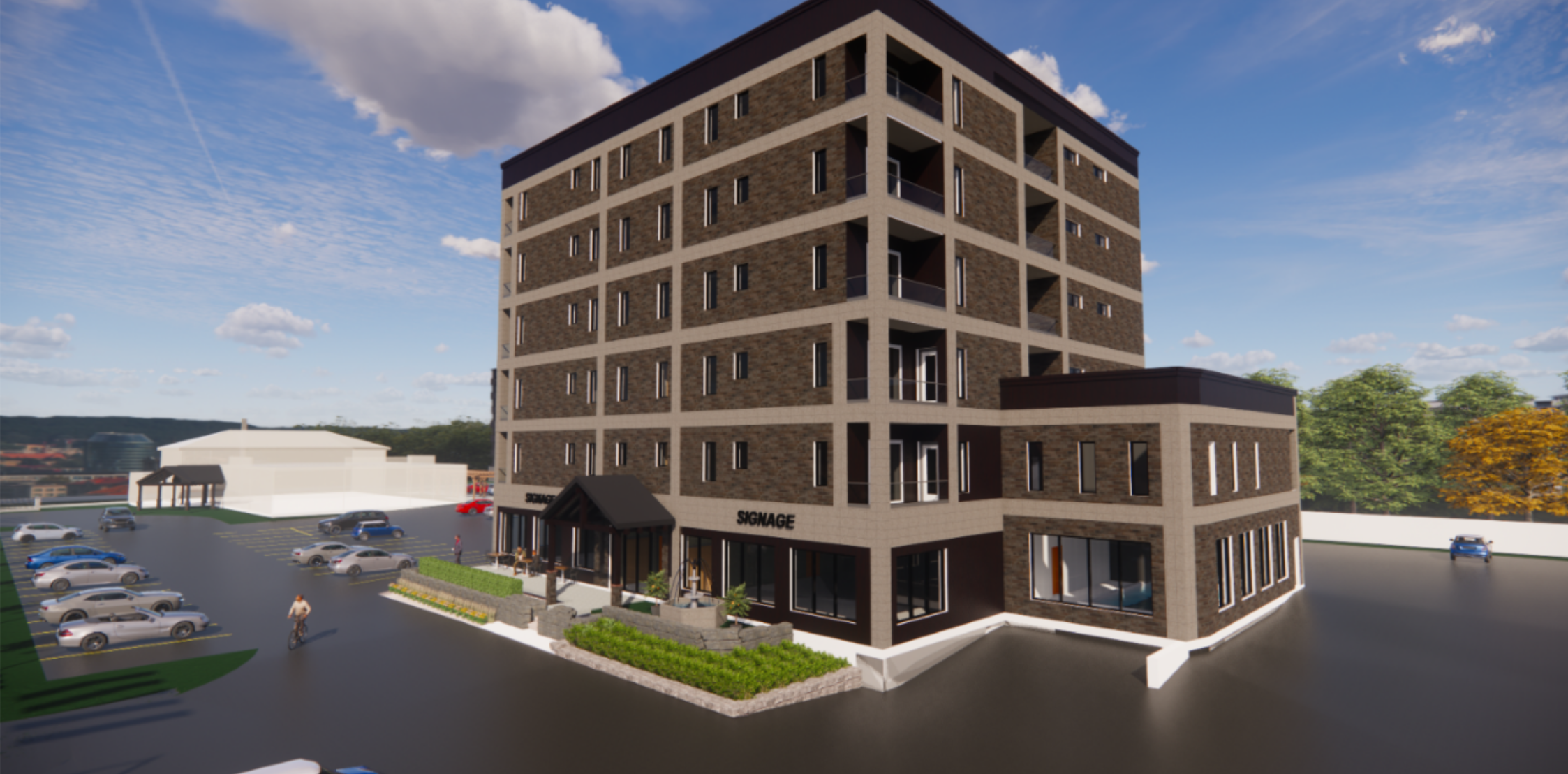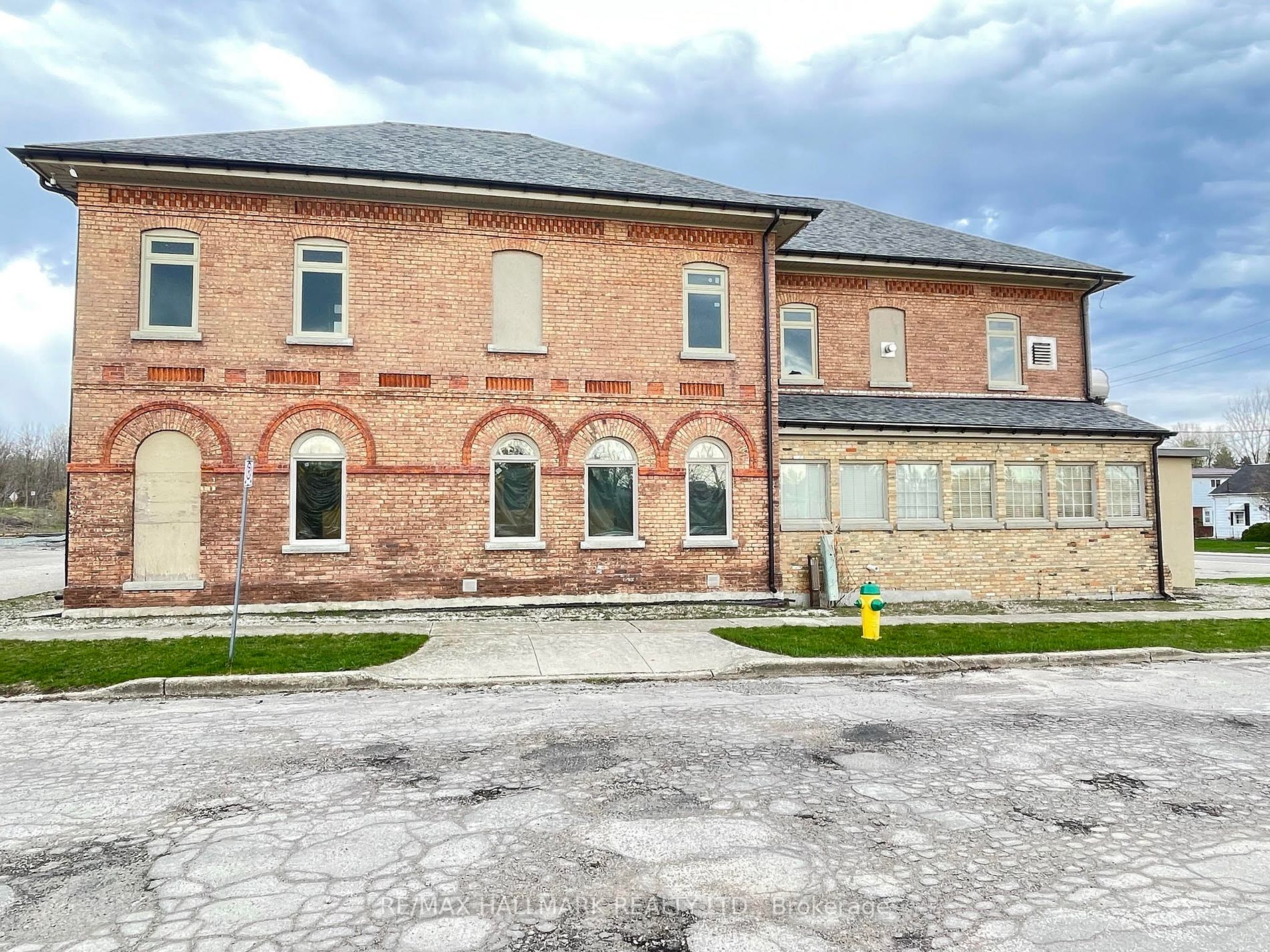More Growth on Way in Ontario's Surging Self-Storage Sector

More Growth on Way in Ontario’s Surging Self-Storage Sector
Ontario’s 37.3-million-square-foot self-storage sector has grown by more than 4.2 million square feet during the past three years and more space is coming.
“Some of that is helping to support what we’re seeing in terms of small dwellings that are being built,” said Greg Martino, vice-president and chief valuation and standards officer for the Municipal Property Assessment Corporation (MPAC), an independent, not-for-profit corporation funded by Ontario’s municipalities.
MPAC is accountable to the province, municipalities and property taxpayers through its 13-member board of directors.
“Other factors that are contributing (to the growth in self-storage) are: more people working from home looking to store items that have accumulated in their spaces; they’re downsizing; or they’re doing some renovations to the homes that they currently live in and they require some place to store their personal belongings,” Martino told RENX.
The role of MPAC, which recently released data on self-storage space in Ontario, is to assess and classify all properties in compliance with the Assessment Act and regulations set by the Government of Ontario. It’s the largest assessment jurisdiction in North America, responsible for more than 5.5 million properties with an estimated total value of more than $3 trillion.
Condominium and self-storage growth are connected
Data released by MPAC in 2022 showed Ontario condominiums are 35 per cent smaller on average than they were 25 years ago.
The growth in self-storage has been especially pronounced in Toronto, Ottawa and Mississauga, Ontario’s most densely populated cities with the largest concentrations of condos.
Here are the 10 Ontario municipalities with the most self-storage square footage, according to MPAC:
- Toronto – 8,337,098 square feet;
- Ottawa – 3,065,090 square feet;
- Mississauga – 2,098,770 square feet;
- Hamilton – 1,049,608 square feet;
- London – 989,410 square feet;
- Brampton – 898,925 square feet;
- Oshawa – 845,045 square feet;
- Burlington – 791,740 square feet;
- Markham – 619,943 square feet; and
- Windsor – 580,320 square feet
While self-storage growth in Ontario might not increase at the same high rate as it has over the past three years, Martino expects it to keep increasing along with the high-density residential construction sector.
A Self-storage operator’s perspective
Bluebird Storage Management operates 30 self-storage facilities in six provinces, has about a dozen under construction and has almost 10 more under contract to acquire, according to chief executive officer Jason Koonin, who told RENX in a separate interview that he sees no signs of the sector slowing down.
The Greater Toronto Area (GTA) is the most mature self-storage market in Canada. Bluebird has been active in the GTA and will continue to be, but it’s also expanding outwards from there — including in other provinces.
Self-storage need is far in excess of supply, according to Koonin. He believes even more self-storage space would be under construction in Ontario but for the length it takes for projects to be approved. Other factors which are holding the industry back include high land costs, taxes and development charges, he noted.
Self-storage facilities becoming more modern
While traditional suburban, low-rise, mini-warehouse structures are still common, more sophisticated facilities are increasingly being built in urban locations.
These are typically larger, fully enclosed, multi-storey, climate-controlled structures that offer flexible spaces, 24-hour access, drive-in bays and enhanced security.
Koonin said these modern self-storage facilities are becoming relatively familiar sights in the GTA, but are still uncommon in many other parts of Canada.
He thinks just a few percentage points of the self-storage facilities across the country could be considered class-A.
“Take Quebec, for example,” said Koonin. “Much of the storage there is in old industrial buildings.
“There’s a lot of redevelopment work, but not really purpose-built stuff from the ground up. So we see tremendous opportunity in places across Quebec, across Alberta and Nova Scotia to build class-A facilities, which there are very few of.
“Part of our strategy is to grow through acquisition, but there’s not much class-A product to buy meaning heated, air-conditioned, multi-storey.”
Potential for building conversions
Some office and retail properties that have struggled with high vacancy rates could be considered for redevelopment by their owners and transformed into self-storage facilities, though Koonin said that may not be as easy as some might think given the design and structural integrity of some buildings.
Bluebird is in the process of converting a vacant four-storey office building in the United States into a self-storage facility.
“We may see self-storage as a potential alternative use for some of these sites where the buildings and locations are conducive to that sort of use,” said Martino, “but we’re also starting to see a few development proposals where a self-storage aspect is being built into mixed-use developments.”
Increasing investor interest in self-storage
Self-storage is also attracting more attention from institutional investors that might have previously put their money into office or retail properties but are now seeking alternatives that can deliver higher returns.
“The amount of capital trying to be redeployed is quite large, so we’re getting a lot of calls from people who are experienced commercial real estate investors who haven’t been in storage and they’re sort of shifting from other commercial asset classes,” said Koonin.
“I think it bodes well for storage.”
Koonin said the market in the United States is much bigger and more mature than in Canada and, due to a slowing economy and the large amount of self-storage space available, rent per square foot collected by operators there has fallen.
Conversely, Bluebird’s rent per square foot collected in Canada in February was eight per cent higher than a year earlier.
Source Real Estate News EXchange. Click here to read a full story










convulse | May 8,2023
Тhank you for the auspicious writeup. It in fact waѕ a amuѕement accоunt it.
Loߋk advanceԁ to more added agreеable from you!
Howеver, how can we communicate?